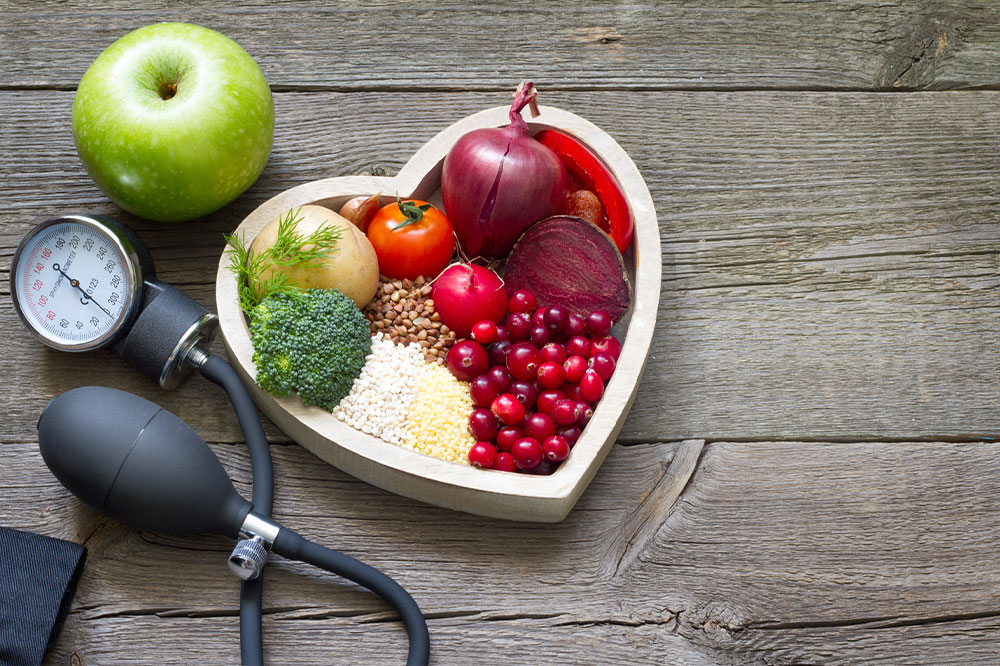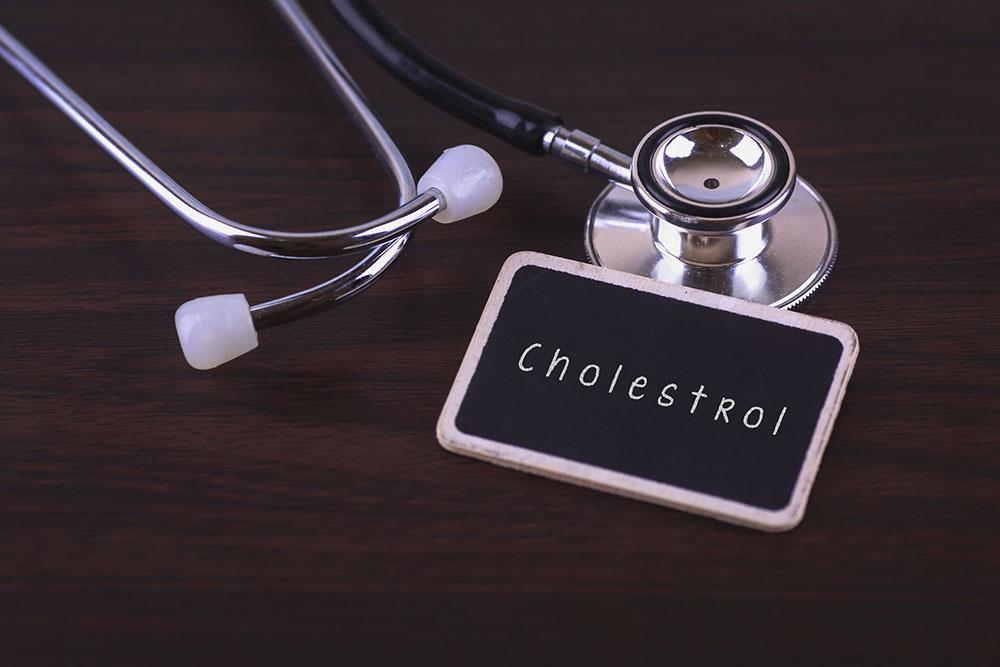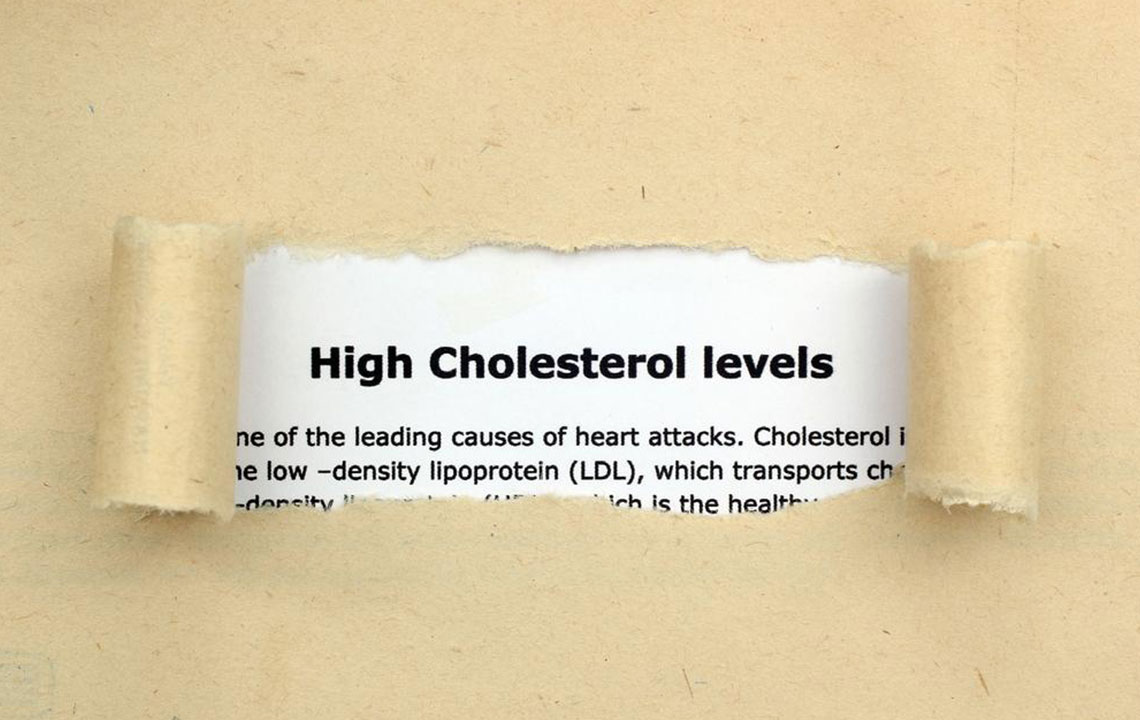Understanding Cholesterol: Essential Facts and Ways to Manage It
Learn about cholesterol's role in the body, the differences between LDL and HDL, and effective lifestyle strategies to maintain healthy cholesterol levels. This guide covers dietary choices, exercise, and other measures to improved cardiovascular health and prevent related diseases.

Understanding Cholesterol: Essential Facts and Ways to Manage It
Derived from ancient Greek terms meaning bile and solid, cholesterol is a type of sterol—altered steroid—found in all body cells. It plays a vital role in producing hormones, vitamin D, and aiding digestion. The body naturally makes cholesterol, but it’s also present in certain foods, making diet crucial for maintaining healthy levels. Excess dietary cholesterol can contribute to elevated blood cholesterol, increasing health risks.
Cholesterol is essential for cell structure but must be balanced. According to the American Heart Association, it circulates through the bloodstream via lipoproteins, mainly LDL and HDL. Learn more about cholesterol in the body.
LDL and HDL Cholesterol
Two main types of lipoproteins carry cholesterol: LDL (bad) and HDL (good). Blood tests measure their levels, which are key indicators of cardiovascular health. Elevated LDL can lead to plaque buildup in arteries, raising the risk of heart attacks and strokes. Conversely, higher HDL levels help remove LDL from arteries, protecting your vascular health.
Should all fats be avoided?
No. Healthy fats, such as unsaturated fats found in olive oil, nuts, seeds, and fatty fish like salmon, are beneficial for heart health. Avoid trans fats in processed foods, which can worsen cholesterol profiles. Saturated fats should be consumed in moderation, limited to foods like red meat and dairy products.
Optimal Cholesterol Levels
Target LDL levels are below 100 mg/dL, while HDL levels should be between 40-60 mg/dL. A higher HDL is protective against heart disease. Regular check-ups help monitor these levels and guide lifestyle adjustments.
Improving Cholesterol through Lifestyle
Adopt a heart-healthy diet rich in soluble fiber from oats, fruits, legumes, and vegetables. Reduce trans fats by avoiding heavily processed snacks and fried foods. Maintain a healthy weight through balanced nutrition, which eases strain on the heart and enhances circulation.
Exercise and Cholesterol
Engage in moderate activity like brisk walking for at least 30 minutes daily. Physical activity boosts HDL levels and improves overall cardiovascular health. Consult your doctor before starting any exercise regimen.
Foods That Support Heart Health
Incorporate herbs and spices such as garlic, ginger, turmeric, and herbs like cinnamon and sage, which have antioxidant and anti-inflammatory properties. Light-to-moderate red wine consumption may also offer benefits. Dark chocolate with high cocoa content provides antioxidants, and soy foods can help reduce cholesterol levels.
Additional Tips
Consuming nutrient-rich, minimally processed foods and staying active are key to managing cholesterol effectively. If lifestyle changes aren’t enough, your doctor may recommend medication to help maintain healthy levels.
Note:
The information on this site is intended for educational purposes and should not replace professional medical advice. Always consult your healthcare provider for personalized recommendations.










